
This procedural video shows Dr. Steven Swaim using this wound reconstruction technique to repair an area under a dog's eye.
Professor Emeritus
Scott-Ritchey Research Center
Department of Clinical Sciences
College of Veterinary Medicine
Auburn University
Auburn, AL 36849

This procedural video shows Dr. Steven Swaim using this wound reconstruction technique to repair an area under a dog's eye.
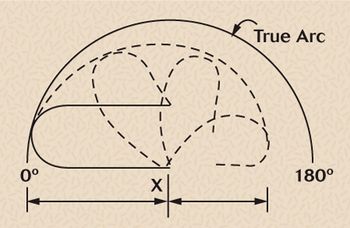
Consider performing this reconstruction technique the next time you need to repair a square or rectangular wound and direct closure could result in the distortion of a body structure-or when skin for closure is only available on one side of the wound.
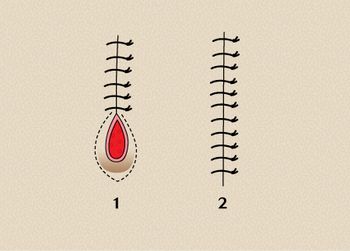
Dr. Steven Swaim provides an overview of the various methods to correct this skin defect.
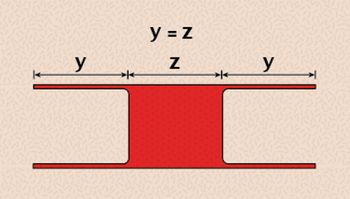
Consider this skin reconstruction technique in patients with square or rectangular defects. This method is especially advantageous when there is skin available on only one side of a wound.
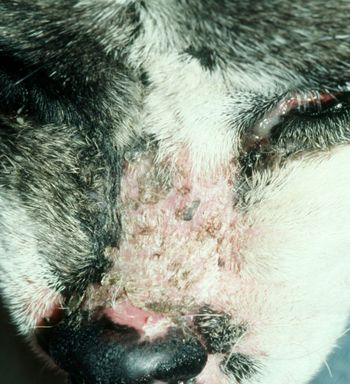
When surrounding tissue can't cover a defect, consider using these grafts for wound closure.

Dr. Steven F. Swaim demonstrates how to perform this skin grafting technique.

The continuation of Dr. Steven Swaim's video on this helpful wound repair technique.

Dr. Steven Swaim demonstrates the best technique for creating these grafts to help close wounds in which local tissue is not available for closure.

A step-by-step guide to this simple way to repair wounds in which local tissue is not available for closure.
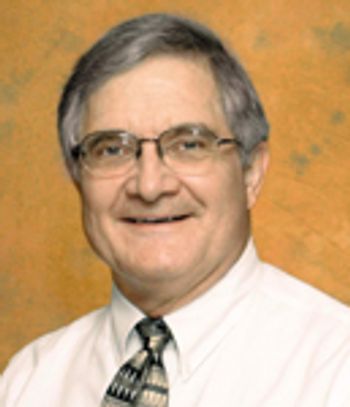
The primary advantage staples provide over sutures is rapid closure.

Dr. Steven F. Swaim demonstrates this skin reconstruction technique that is useful in closing triangular skin defects in which skin for closure is only available on one side of the defect.
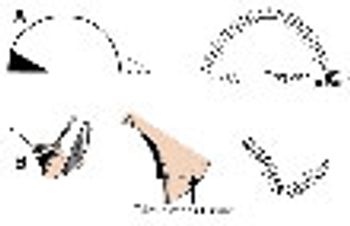
Rotation skin flaps are circle-shaped flaps that are useful in closing triangular skin defects in which skin for closure is only available on one side of the defect.

Dr. Steven F. Swaim demonstrates how to place these tension-type sutures that can close large skin defects on the trunks of animals.
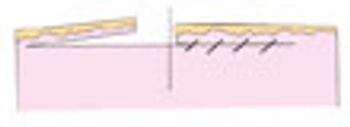
Walking sutures are tension-type sutures that can be used to close large skin defects in areas where sufficient skin surrounds the wound that can be moved or stretched to close the wound.
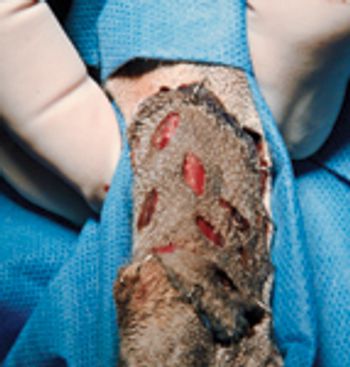
A full-thickness mesh graft is a sheet of skin that includes only the epidermis and the entire dermis and is fenestrated to allow for expansion and drainage.

In this five-part video, Dr. Steven Swaim demonstrates how to place full-thickness mesh skin grafts.

Multiple punctate relaxing incisions are small parallel, staggered incisions made unilaterally or bilaterally (usually bilaterally) in skin adjacent to a wound to relieve the tension associated with wound closure.

When a wound, especially one on a distal limb, is too wide for adequate skin apposition, consider creating these small incisions to relax the surrounding skin and allow for good closure.

When a wound, especially one on a distal limb, is too wide for adequate skin apposition, consider creating these small incisions to relax the surrounding skin and allow for good closure.
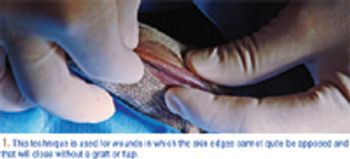
The adjustable horizontal mattress suture is indicated primarily for limb wounds that are either relatively new or are in the wound contraction phase and in which the edges cannot initially be apposed.

In this video, Dr. Swaim demonstrates how to place an adjustable horizontal mattress suture to close distal limb wounds.

In this video, Dr. Swaim demonstrates how to place an adjustable horizontal mattress suture to close distal limb wounds.

In this video, Dr. Swaim demonstrates how to place an adjustable horizontal mattress suture to close distal limb wounds.

In this video, Dr. Swaim demonstrates how to place an adjustable horizontal mattress suture to close distal limb wounds.
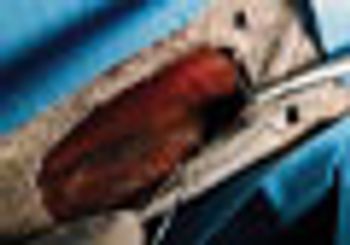
Presutures are Lembert sutures placed in healthy skin on either side of a lesion. Placed several hours before the lesion is debrided or excised, these sutures stretch the skin around the lesion.
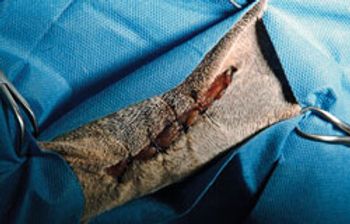
In this two-part video, Dr. Steven F. Swaim demonstrates using presuturing to close distal limb wounds.


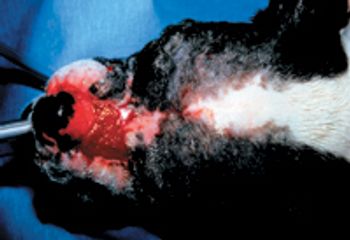
Three beneficial reconstructive surgery techniques--the adjustable horizontal mattress suture, the mesh skin graft, and punch grafts in pockets--are underused by practitioners. These techniques require no special equipment and are easily accomplished.
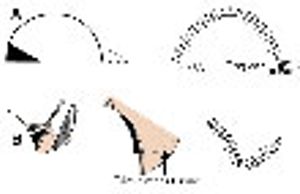
Published: May 1st 2010 | Updated:

Published: January 9th 2013 | Updated:

Published: January 8th 2013 | Updated:

Published: January 9th 2013 | Updated:

Published: May 5th 2010 | Updated:

Published: March 31st 2010 | Updated: